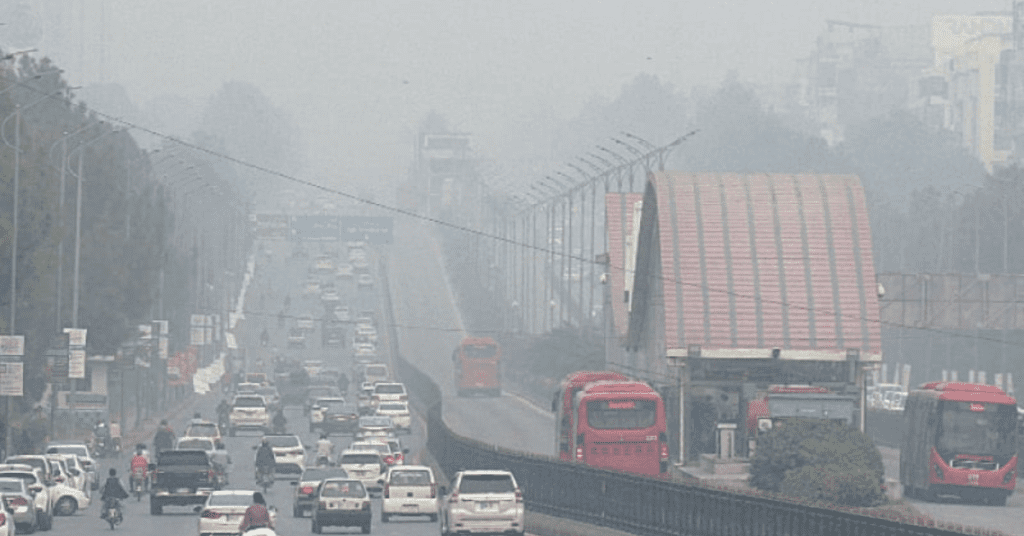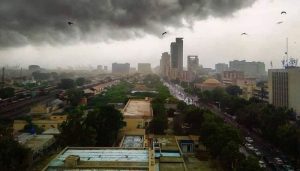
[ad_1]
ISLAMABAD: The Smog crisis reached the twin cities of Islamabad and Rawalpindi as the residents faced unhealthy air quality index (AQI) levels exposing the government’s smog mitigation measures.
Swiss air quality monitoring group showed Islamabad’s real-time AQI at 284 at around 12:40 pm, with PM2.5 pollutants — 36.8 times higher than the World Health Organisation (WHO) deemed unhealthy air quality level.
Over the weekend, the air quality index in Rawalpindi and Islamabad entered the dangerous zone to reach 246 and 230 respectively. Dry cough, fever, eye irritation, and related diseases resulted fue to an increasing air pollution in the twin cities.

On Monday, Multan topped the country with the worst air quality index of 924, hovering above the “hazardous” category. While Lahore once again ranked first in the most polluted big cities in the world.
According to the IQ Air national real-time ranking, Multan remained the worst with the figures of 81o at 12: 15 pm, while in the morning around 9 am, it was recorded at hazardous 978 US AQI.
Khyber Pakhtunkhwa’s capital Peshawar also gripped with toxic smog with the highest AQI reaching 573 in the morning today, however, citizens were relief after the AQI dropped to 216 after noon, but it is still considered “very unhealthy” for human health.
Although district administrations of both Islamabad and Rawalpindi imposed a smog emergency, they failed to take action against smoke-emitting vehicles which continued engulfing the entire cities.
Earlier this month, the district administrations and the departments of higher education, health, and environmental protection issued a new 12-point anti-smog advisory guideline for citizens, including civil servants and students.#
Under the new guideline, citizens have been advised to wear masks and wash their hands, mouths, and eyes using clear water, wear glasses during outdoor movements, use full-sleeved shirts, avoid rubbing eyes during swelling or pain, and stay away from lighting a fire to dispose of garbage in houses, streets, neighbourhoods, markets, roofs of houses, offices, colleges, and schools.
[ad_2]
Source link






